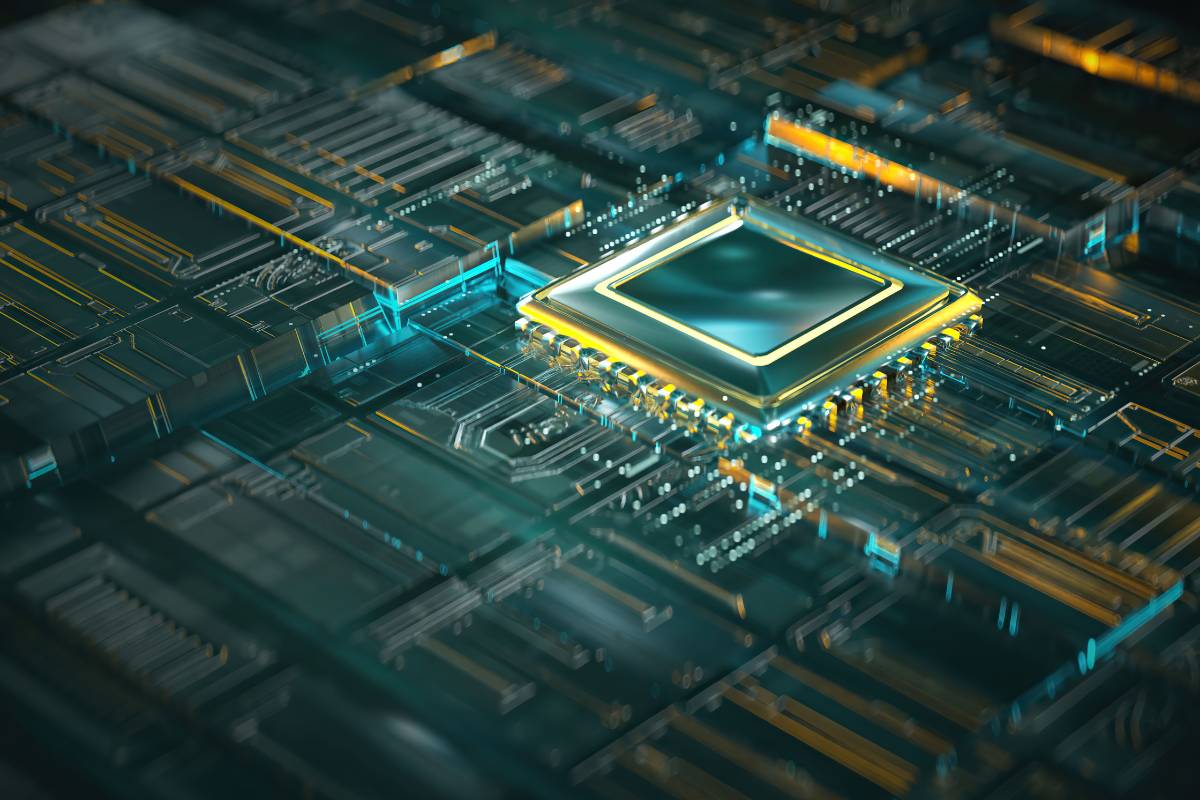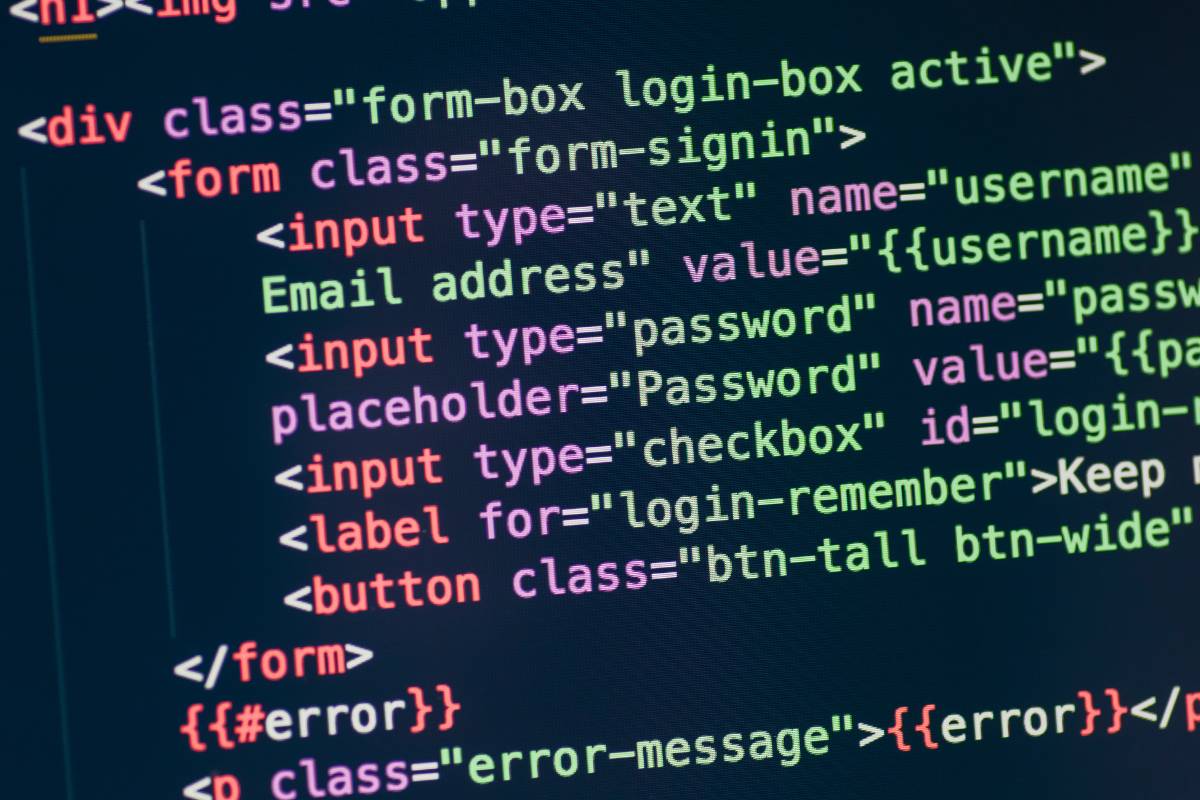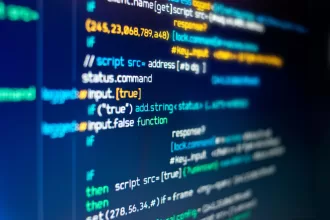Cybersecurity is constantly evolving, but computationally, we have never faced a challenge as significant as Y2Q (Year-to-Quantum). Much like the Y2K Millennium Bug in the 1990s, Y2Q has the potential to be a threat of global proportions. This time, however, the problem is even more complex as it involves a technological revolution: quantum computing. In this article, we will explore what Y2Q is, why it is so dangerous, and how companies like NextAge can help prepare for this new era.
What is Y2Q?

The acronym Y2Q (Year-to-Quantum) refers to the moment when highly advanced quantum computers become capable of breaking the encryption systems we currently use to protect digital information. These systems include, for example, banking data, government communications, and even everyday online transactions.
To understand the impact of this, it’s important to know how current encryption works: it is based on extremely complex mathematical problems, such as factoring very large numbers or solving discrete logarithms. Traditional computers, even the fastest ones, would take thousands or even millions of years to solve these problems, making the systems secure.
However, quantum computers have a completely different and far more powerful way of processing information. Thanks to their ability to perform calculations simultaneously (using qubits instead of bits), they can solve these problems in minutes or hours, putting all current encryption at risk.
“Harvest Now, Decrypt Later”
A practice that exacerbates the threat of Y2Q is known as “harvest now, decrypt later.” This means that crackers are stealing and storing encrypted data today, even without the ability to read it, in anticipation that future quantum computers will be able to decrypt this information.
In other words, information that appears secure today—such as confidential documents, health data, or personal communications—may be exposed in the coming years when Y2Q becomes a reality.
For this reason, Y2Q is not just a threat to the distant future; it is a risk that needs to be addressed now, before quantum computing reaches full maturity.
Comparison: Y2Q vs. Y2K
Although both are technical problems with the potential for global impact, Y2Q and Y2K (the Millennium Bug) have significant differences:
| Aspect | Y2K (Millennium Bug) | Y2Q (Year-to-Quantum) |
|---|---|---|
| Cause of the problem | Limitations in date formats in old systems | Advances in quantum computing |
| Deadline | Fixed: January 1, 2000 | Indeterminate, but expected within the next decade |
| Nature of the threat | Internal, due to software architecture | External, exploited by malicious actors |
| Solution | Software and hardware updates | Complete redesign of cryptographic algorithms |
While Y2K required a coordinated effort to fix systems before a specific date, Y2Q demands proactive preparation without a fixed deadline, making the challenge more complex.
The Evolution of Quantum Computing
Quantum computing, which for decades was considered a futuristic and nearly utopian idea, is rapidly becoming a concrete reality. Initially, the concept seemed unfeasible: qubits, the fundamental units of this technology, required temperatures near absolute zero to remain stable. This limited their application to highly controlled laboratories and made their practical and commercial viability seem distant.
Today, thanks to significant advances such as the development of qubits capable of operating at room temperature and the miniaturization of components, we are witnessing a technological revolution. Giants like IBM, Google, and specialized startups are investing billions of dollars to overcome technical barriers and accelerate the development of usable quantum computers.
Although we are still far from fully functional quantum computers for general applications, their capacity to solve extremely complex problems is much closer.
How Quantum Computers Threaten Current Cryptography
Modern cryptography, which underpins the security of digital data and systems, is based on mathematical problems that are extremely difficult to solve. Problems such as factoring large numbers or calculating discrete logarithms are infeasible for conventional computers. However, quantum computing challenges this security foundation with two main algorithms that threaten to revolutionize the cryptographic landscape:
- Shor’s Algorithm: Designed specifically to solve large number factoring problems, which underpin cryptographic systems like RSA and ECC. What would take thousands of years for traditional computers can be done in minutes by quantum computers equipped with Shor’s Algorithm.
- Grover’s Algorithm: Although more focused on symmetric key algorithms like AES, Grover’s Algorithm significantly reduces the time needed to break these keys. Fortunately, its impact can be mitigated by increasing key sizes (e.g., from 256 bits to 512 bits), but it does not completely eliminate the risk.
Modern Problems, Modern Solutions: PQC and QKD
The Current Solution: Post-Quantum Cryptography (PQC)
PQC, or Post-Quantum Cryptography, is a solution that uses algorithms mathematically resistant to both classical and quantum computers. These algorithms are based on mathematical problems different from those that underpin current cryptography, such as:
- Lattice-based cryptography: Complex problems based on the geometry of multidimensional grids, which are difficult to solve even with quantum computers.
- Code-based cryptography: Algorithms using error-correcting codes to make decoding difficult for an attacker.
- Multivariate signatures: Protections based on systems of polynomial equations resistant to quantum attacks.
These algorithms do not require new hardware and can be implemented in existing infrastructure. This makes PQC the best currently available solution against the Y2Q threat. In 2024, NIST released the first PQC algorithm standards, establishing a reliable foundation for organizations seeking to secure their systems. Implementing PQC is not just a recommendation—it is a necessity for companies that want to remain secure in the future.
The Futuristic Solution: QKD
QKD (Quantum Key Distribution) is an even more advanced technology that uses quantum mechanics to ensure ultra-secure communications. The idea is to transmit cryptographic keys through quantum particles, such as photons, which are extremely sensitive to interference. How Does QKD Work?
- Key Generation: QKD uses light particles (photons) to transmit information in a quantum format. Each photon carries a fraction of the cryptographic key used to encode or decode messages.
- Quantum Security Property: If an intruder attempts to intercept the photons during transmission, their mere presence alters the quantum state of the particles. This interference can be detected, alerting the involved parties.
- Exchange and Validation: After transmission, the parties verify the integrity of the key and discard any data that may have been compromised.
While QKD offers theoretical inviolability, it has significant limitations:
- Specialized Hardware: QKD requires sophisticated equipment, such as single-photon generators and sensitive detectors, increasing implementation costs.
- Incompatibility: The technology is not compatible with much of the existing digital infrastructure, hindering large-scale adoption.
- High Costs: As QKD is still in its early development stages, it remains expensive and viable only for ultra-secure applications such as government or military communications.
With further advancements, QKD may become a widely accessible solution. For now, it is best suited to complement security strategies in environments requiring maximum protection. It is a tool that showcases the transformative potential of quantum computing but needs further evolution to become practical and accessible in everyday use.
How Can Companies Prepare?
The impact of Y2Q will be felt across all sectors:
- Government: Sensitive data and critical infrastructures like energy and defense will be more vulnerable to attacks.
- Healthcare: Connected medical devices and patient records are at risk of being compromised.
- Finance: Banking transactions, payment systems, and even cryptocurrencies could be exposed, affecting trust in the sector.
- IoT: Inadequately secured connected devices may become targets of mass attacks, affecting homes, businesses, and smart cities.
Roadmap for Preparation
Taking preventive measures now is essential to minimize risks in the future. Here are the key steps for effective preparation:
- Map Existing Systems: Identify all cryptographic algorithms in use in your organization and assess their vulnerability to quantum computing.
- Adopt PQC: Begin replacing vulnerable algorithms with resilient alternatives, such as the solutions standardized by NIST.
- Educate the Team: Train employees to understand Y2Q threats and implement quantum-safe security technologies.
- Implement a Continuous Strategy: Develop a dynamic plan to monitor advances in quantum computing and regularly update your systems and security protocols.
Y2Q is not a future threat—it is a reality in progress. Proactive preparation is key to minimizing risks and protecting digital assets. With the complexity of transitioning to a post-quantum environment, there is a growing demand for specialized technical support.
Companies like NextAge, with their proven expertise in outsourcing and system support, are well-positioned to help organizations modernize their infrastructure and prepare for the technological challenges of the future (and the present).






